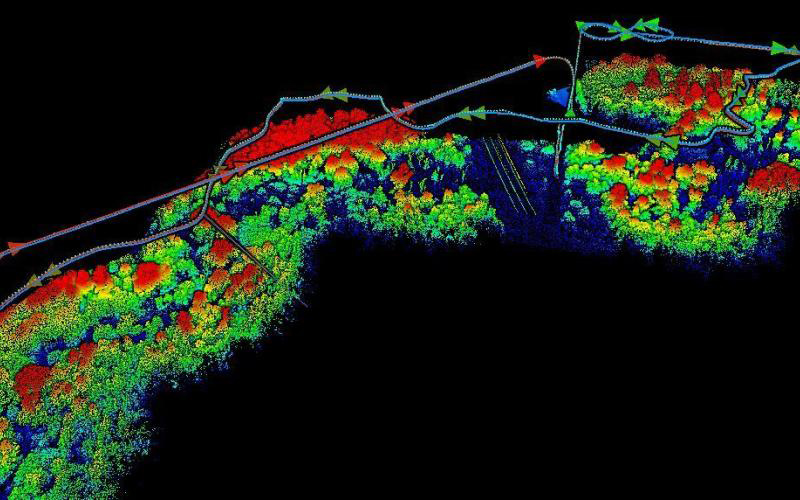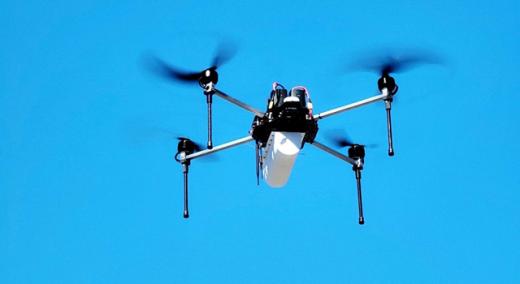The Autonomous Systems group at the U.S. Department of Energy’s Oak Ridge National Laboratory is in high demand as it incorporates remote sensing into projects needing a bird’s-eye perspective. When it comes to collecting data for environmental and national security research, the team sends its specialized drones to places that are difficult for a person to reach, improving the quantity and quality of information available to researchers.
|
ADVERTISEMENT |
ORNL’s Matt Larson, an uncrewed systems research associate, brought the modern technology of autonomous flight to a decades-old research challenge: mercury in the environment.
 A LiDAR survey of a local stream collected from one of ORNL’s drones. Credit: Andrew Duncan/ORNL, U.S. Department of Energy
A LiDAR survey of a local stream collected from one of ORNL’s drones. Credit: Andrew Duncan/ORNL, U.S. Department of Energy
…

Add new comment